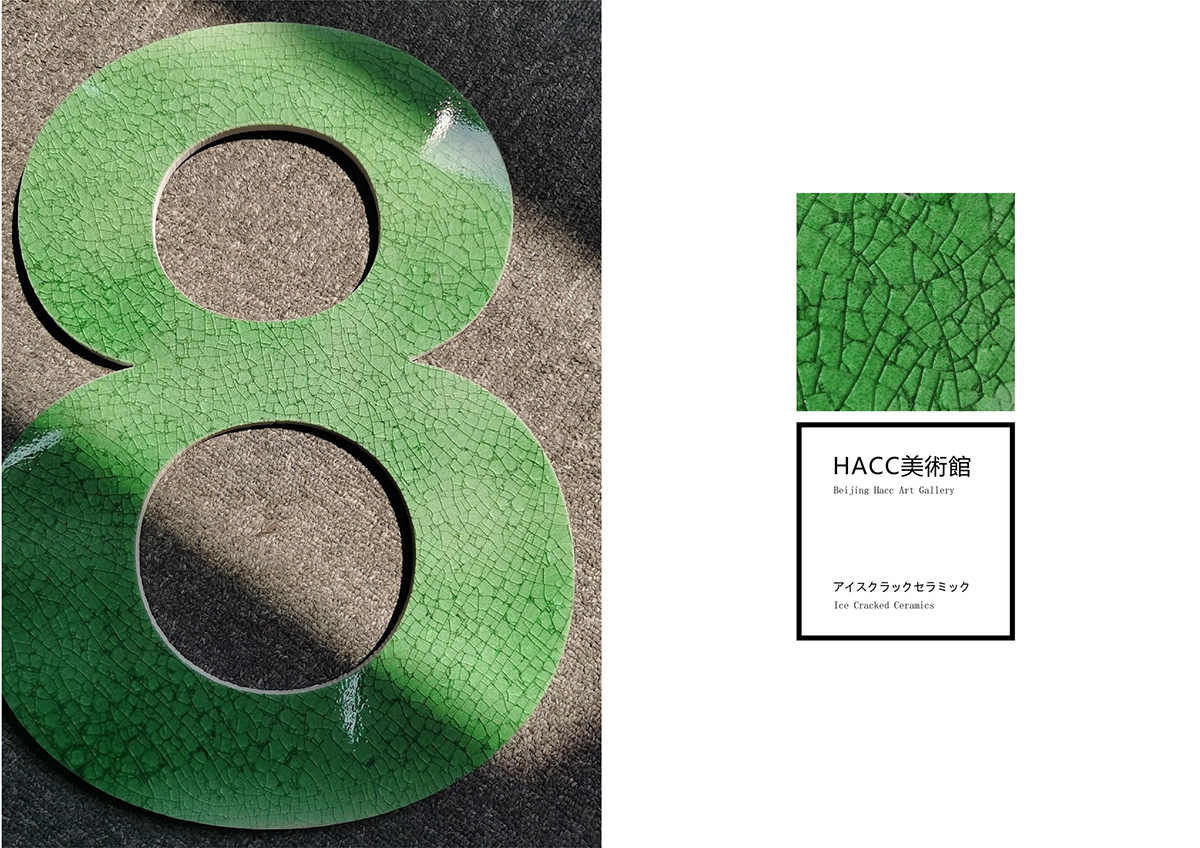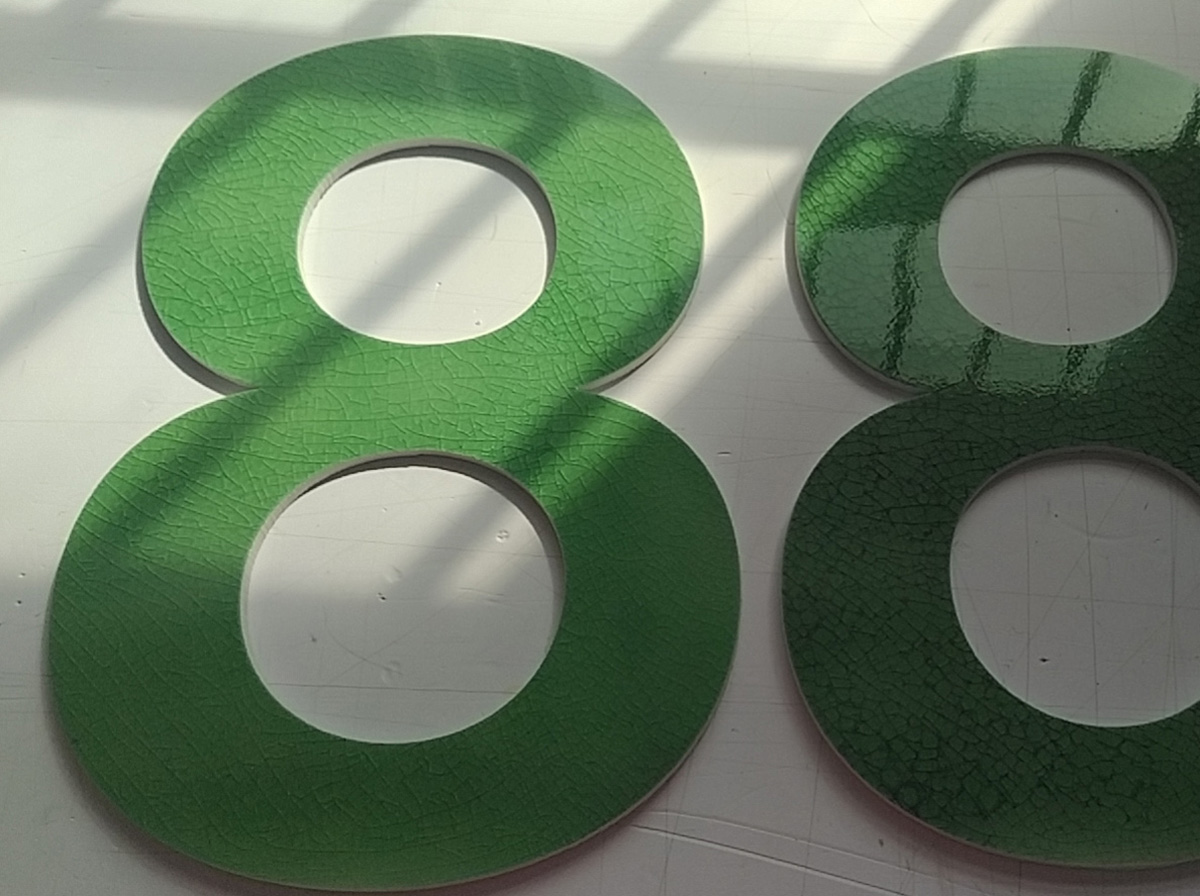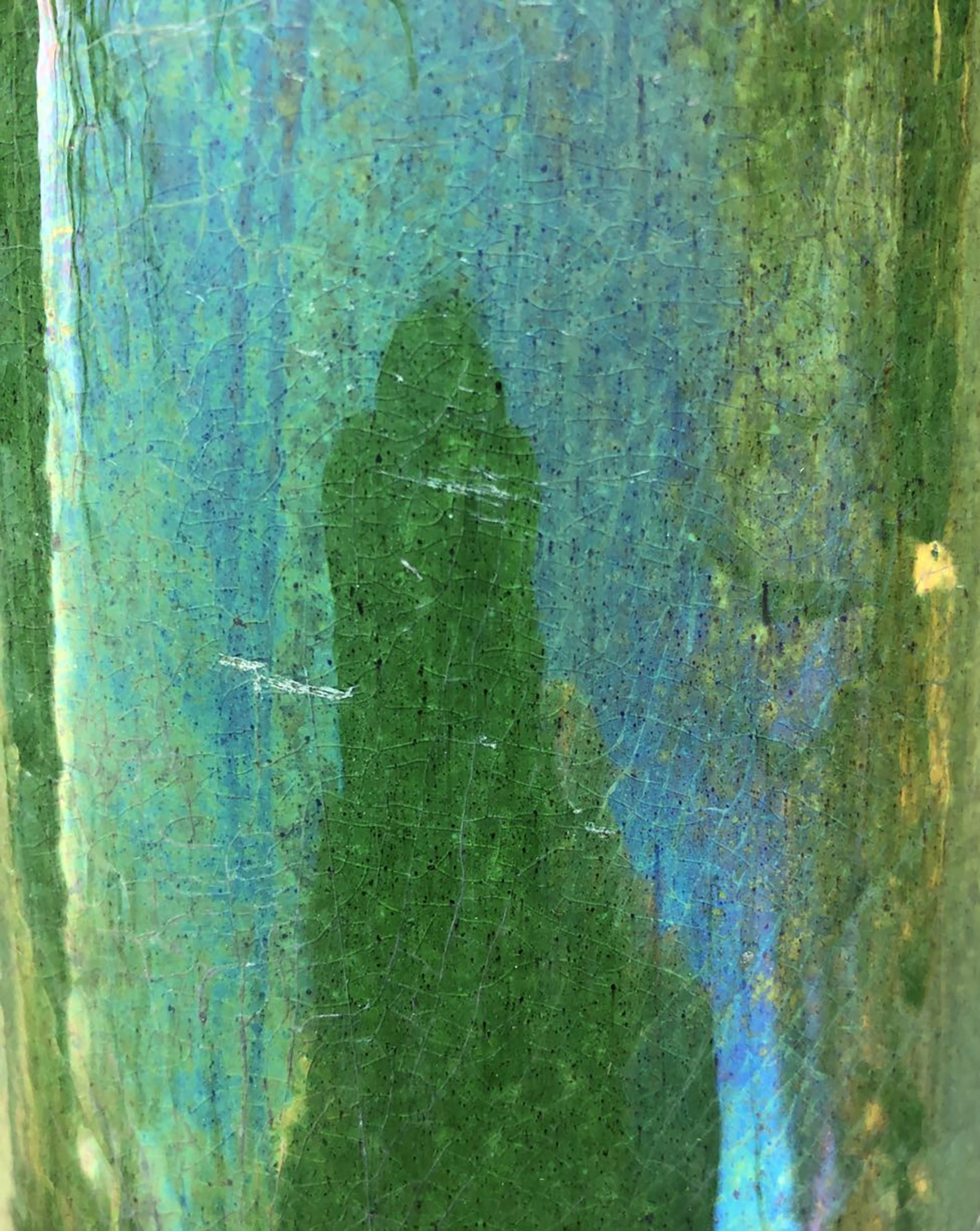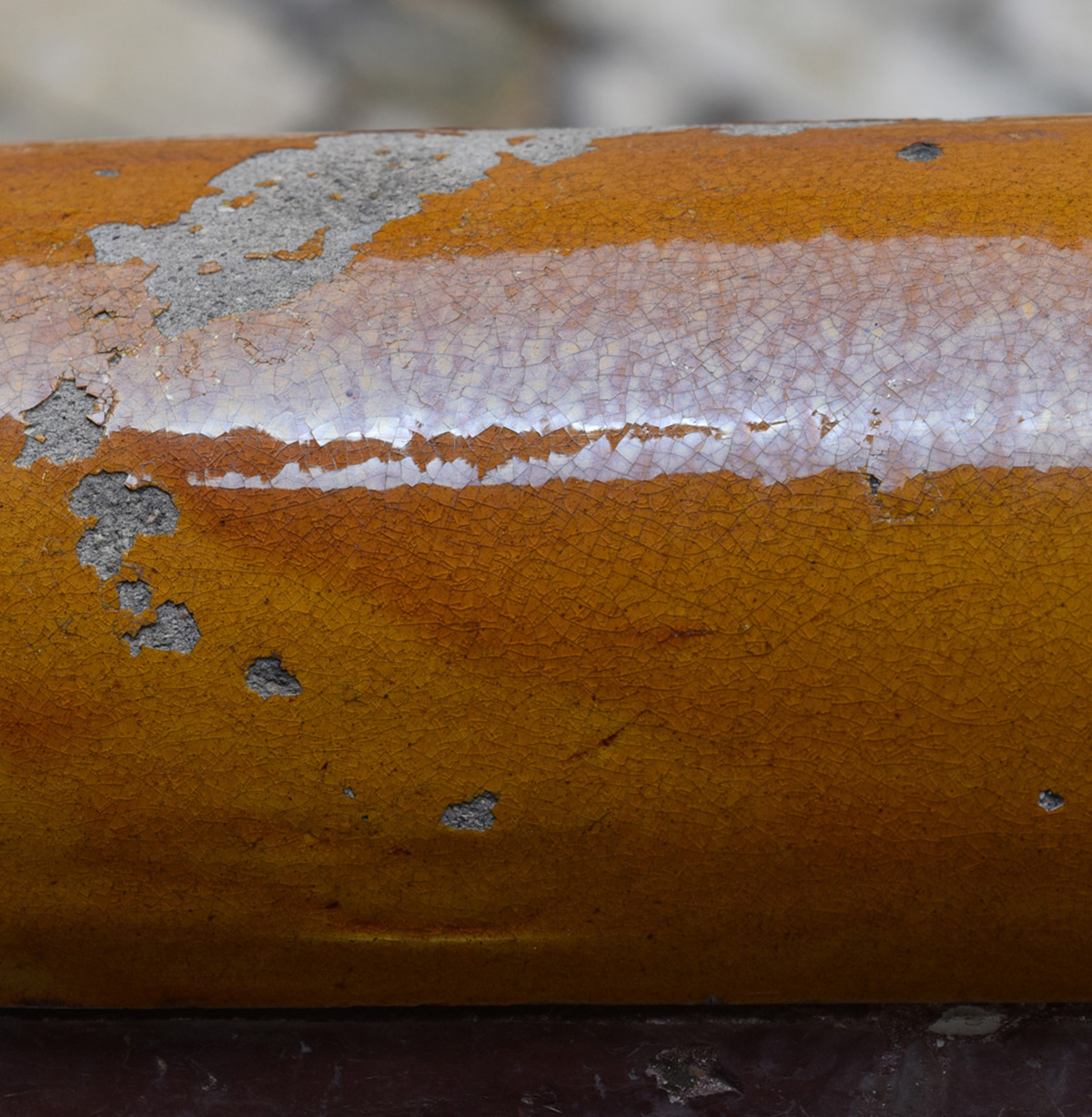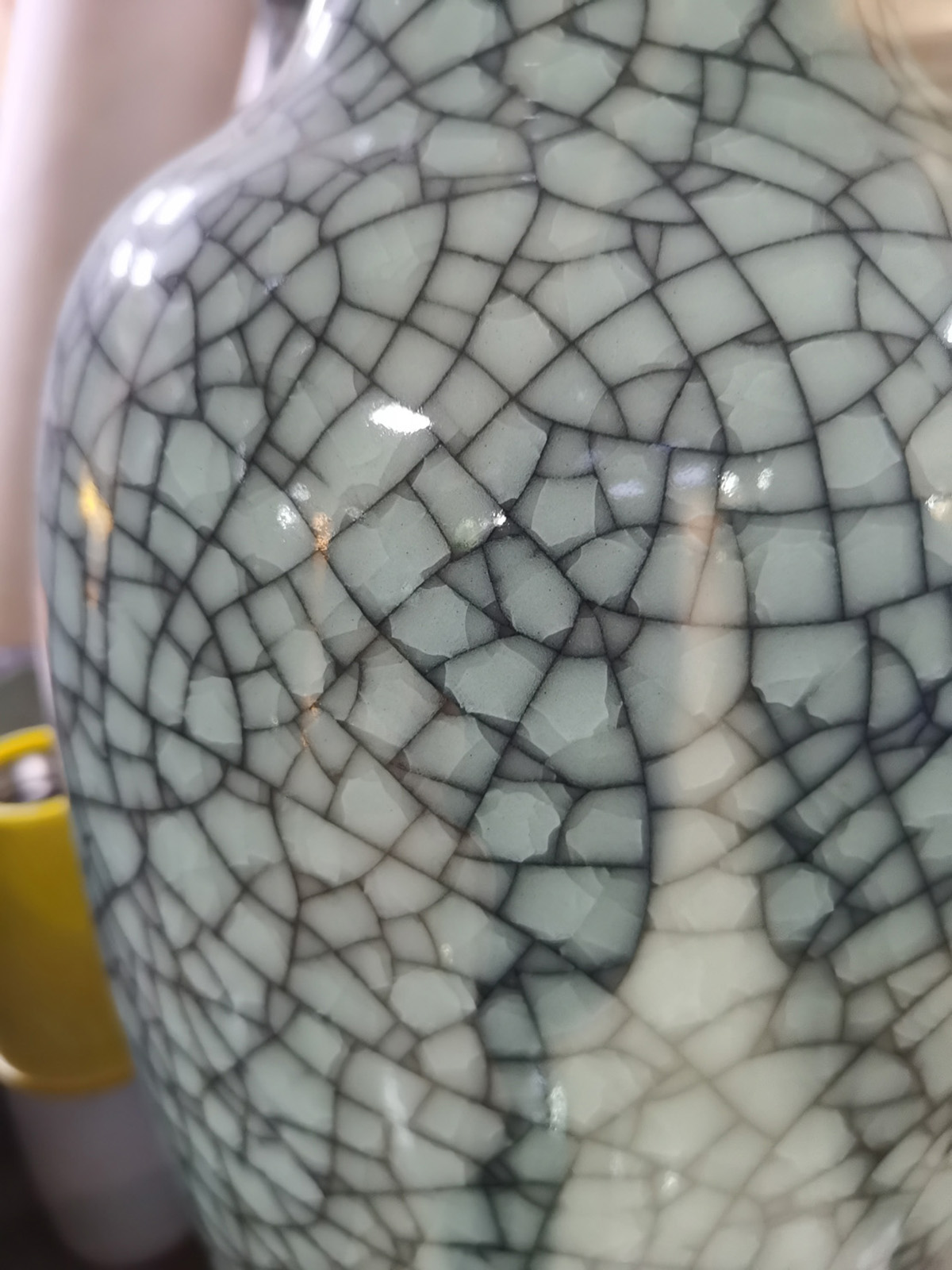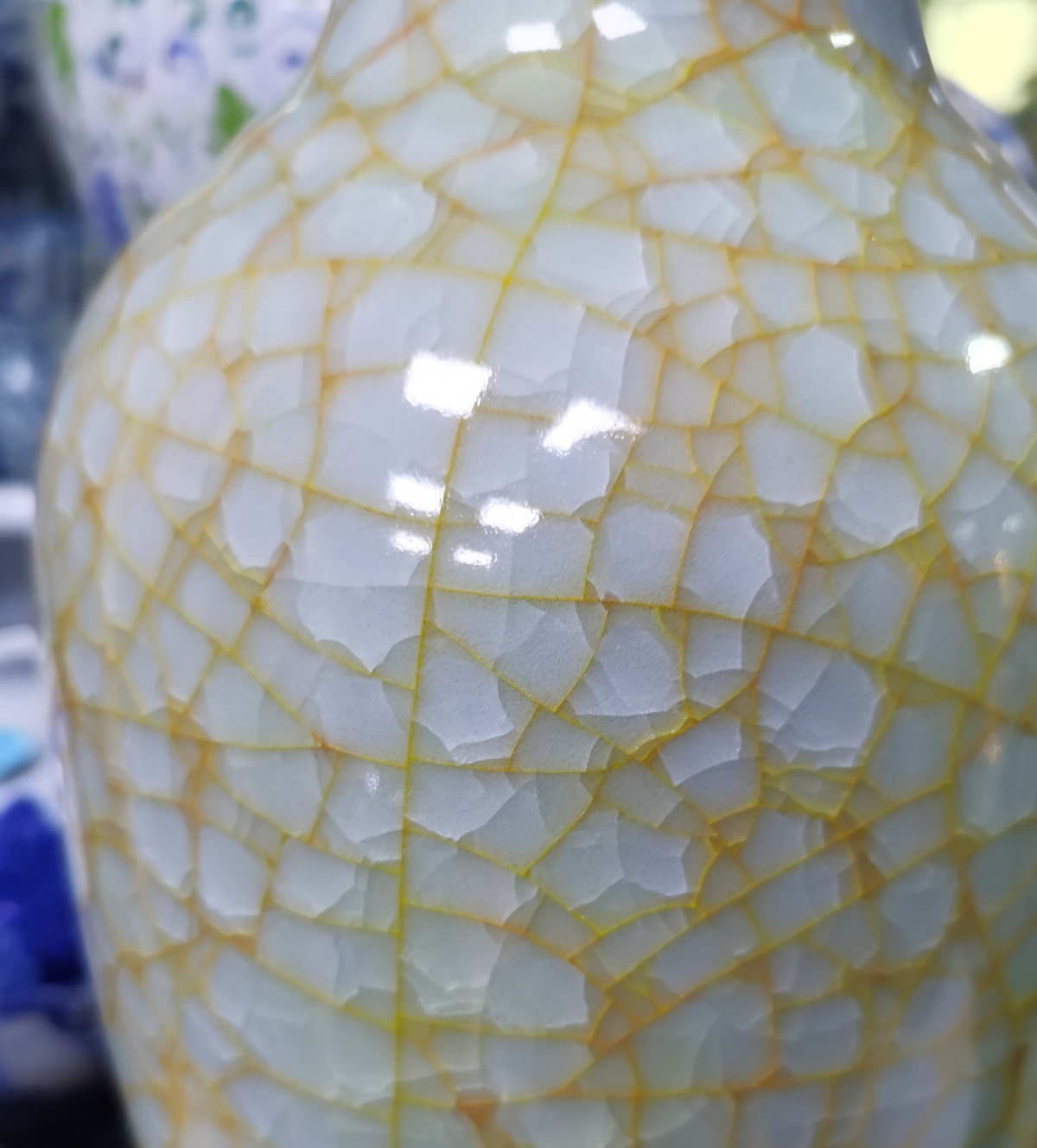
ソース:匠人設計
アイスクラックセラミックの製造 氷割陶磁器の製造は特別なプロセスであり、「氷割磁器」...
アイスクラックセラミックの製造
氷割陶磁器の製造は特別なプロセスであり、「氷割磁器」または「氷割釉」とも呼ばれます。 この効果は、特殊な加工方法によって釉薬の表面に小さな亀裂が形成されることによって引き起こされ、これらの亀裂は釉薬をかけた後の加熱と冷却の過程で発生します。 一般的な制作手順は次のとおりです。
1. 粘土を準備します。
まず、セラミックブランクを準備する必要があります。白磁や陶土など、アイスクラックを作るのに適したセラミックブランクを選択できます。
2. グレージング:
セラミックブランクの表面に透明な釉薬を塗布します。 これは、浸すか、ブラッシングするか、スプレーすることによって行うことができます。 釉薬がセラミックの表面全体を均一に覆っていることを確認してください。 亀裂が必要な部分にある程度の厚みを持たせるのがポイントです。
3. 乾燥:
通常は数時間または 1 日かけて、釉薬を完全に乾燥させます。
4. クラッキング剤を塗布します。
釉薬が乾いたら、表面にパチパチ剤を塗ります。 クラッキング剤は、釉薬の表面に小さなひびを入れる特殊な化学溶液です。 クラック剤の塗布方法は、求める効果に応じて刷毛塗り、滴下、スプレーなどの方法があります。
5. 加熱:
クラッキング剤を塗布したセラミックブランクを炉に入れて焼成します。 焼成プロセス中に、クラッキング剤が化学反応して小さな亀裂を形成します。 温度と焼成時間は、特定の分解剤とセラミック材料に基づいて決定する必要があります。
6.冷却:
焼成が完了したら、セラミックを炉から取り出し、室温まで自然冷却させます。 冷却の過程で徐々に亀裂が生じ、氷の亀裂のような独特の効果が生まれます。
7. 洗浄と仕上げ:
冷却したセラミックを洗浄し、不規則なエッジのトリミングやサンディングなど、必要な仕上げ作業を行います。
氷割陶磁器の製作には、特に割剤の量や焼成時の温度管理など、一定の経験と技術が必要です。 したがって、実際の制作に進む前に、望ましい結果が得られることを確認するために、いくつかの実験と練習を行うことをお勧めします。
Making ice crack ceramic
The making of ice crack ceramic is a special process, also known as “ice crack porcelain” or “ice crack glaze”. This effect is caused by the formation of small cracks on the surface of the glaze by a special processing method, and these cracks occur in the process of heating and cooling after glazing. The general production steps are as follows:
1. Prepare the clay.
First, you need to prepare a ceramic blank. You can choose a ceramic blank suitable for making ice cracks, such as white porcelain or china clay.
2. Glazing:
Apply a transparent glaze to the surface of the ceramic blank. This can be done by dipping, brushing or spraying. Make sure the glaze covers the entire surface of the ceramic evenly. The key is to have a certain thickness in the areas where cracks are needed.
3. Drying:
The glaze is allowed to dry completely, usually for several hours or a day.
4. Apply crackling agent.
After the glaze dries, apply crackling agent to the surface. The crackling agent is a special chemical solution that creates small cracks on the surface of the glaze. The cracking agent can be applied by brushing, dripping, spraying, etc., depending on the desired effect.
5. Heating:
The ceramic blank coated with the cracking agent is placed in a furnace and fired. During the firing process, the cracking agent will chemically react to form small cracks. The temperature and firing time should be determined based on the specific cracking agent and ceramic material.
6. Cooling:
After firing is completed, the ceramic is removed from the furnace and allowed to cool naturally to room temperature. During the cooling process, cracks will gradually appear, creating a unique effect like ice cracks.
7. Cleaning and Finishing:
Clean the cooled ceramic and perform any necessary finishing work, such as trimming and sanding irregular edges.
The production of ice cracking ceramics requires certain experience and skills, especially the amount of cracking agent and temperature control during firing. Therefore, it is recommended to carry out some experiments and practice to ensure that the desired results are obtained before proceeding with the actual production.

